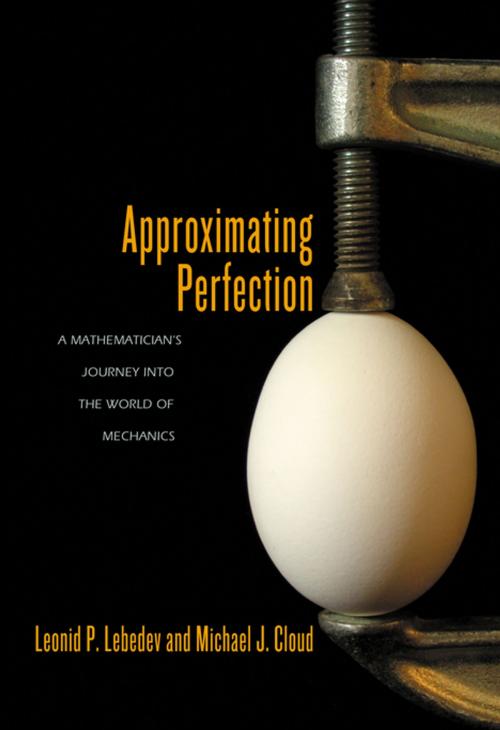Approximating Perfection
A Mathematician's Journey into the World of Mechanics
Nonfiction, Science & Nature, Mathematics, Applied, History| Author: | Leonid P. Lebedev, Michael J. Cloud | ISBN: | 9781400873258 |
| Publisher: | Princeton University Press | Publication: | July 28, 2015 |
| Imprint: | Princeton University Press | Language: | English |
| Author: | Leonid P. Lebedev, Michael J. Cloud |
| ISBN: | 9781400873258 |
| Publisher: | Princeton University Press |
| Publication: | July 28, 2015 |
| Imprint: | Princeton University Press |
| Language: | English |
This is a book for those who enjoy thinking about how and why Nature can be described using mathematical tools. Approximating Perfection considers the background behind mechanics as well as the mathematical ideas that play key roles in mechanical applications.
Concentrating on the models of applied mechanics, the book engages the reader in the types of nuts-and-bolts considerations that are normally avoided in formal engineering courses: how and why models remain imperfect, and the factors that motivated their development. The opening chapter reviews and reconsiders the basics of calculus from a fully applied point of view; subsequent chapters explore selected topics from solid mechanics, hydrodynamics, and the natural sciences.
Emphasis is placed on the logic that underlies modeling in mechanics and the many surprising parallels that exist between seemingly diverse areas. The mathematical demands on the reader are kept to a minimum, so the book will appeal to a wide technical audience.
This is a book for those who enjoy thinking about how and why Nature can be described using mathematical tools. Approximating Perfection considers the background behind mechanics as well as the mathematical ideas that play key roles in mechanical applications.
Concentrating on the models of applied mechanics, the book engages the reader in the types of nuts-and-bolts considerations that are normally avoided in formal engineering courses: how and why models remain imperfect, and the factors that motivated their development. The opening chapter reviews and reconsiders the basics of calculus from a fully applied point of view; subsequent chapters explore selected topics from solid mechanics, hydrodynamics, and the natural sciences.
Emphasis is placed on the logic that underlies modeling in mechanics and the many surprising parallels that exist between seemingly diverse areas. The mathematical demands on the reader are kept to a minimum, so the book will appeal to a wide technical audience.















